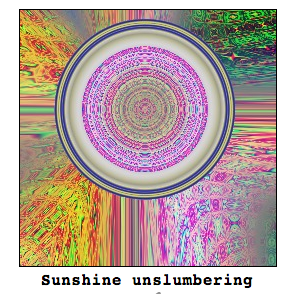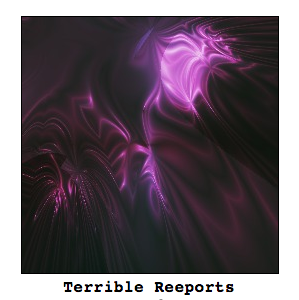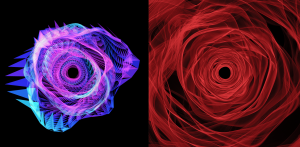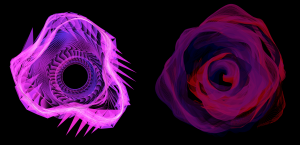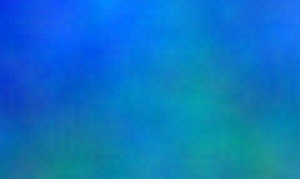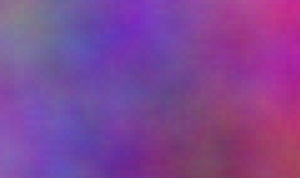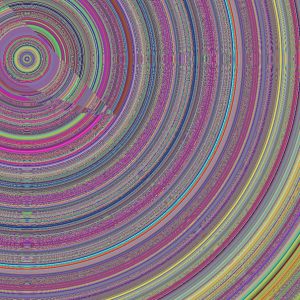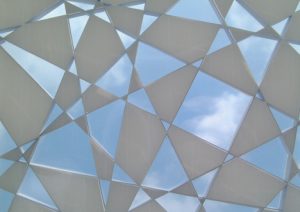(Silk Pavillion Installed)
Silk Pavillion is not just a bold architectural attempt, but an “exemplary combination” of scientific research, digital design and biomimetic construction by the MIT Media Lab’s Mediated Matter Group.
The project is compelling in its thorough research in silkworms’ interaction in different three dimensional spaces.The design of the primary structure was very carefully executed with robot-woven threads wrapping a steel frame. Mimicking the formation of cocoon, the pavillion was however created with a certain extent of parametric control in the basic level and with the randomness of the silk pattern produced by 6400 silkworms.
I found the Silk Pavilion to be of great importance because it opens up potentials in the collaboration among biology, information system and architecture, and it’s fascinating how the insects instinctive behavior can create functional space for human beings.
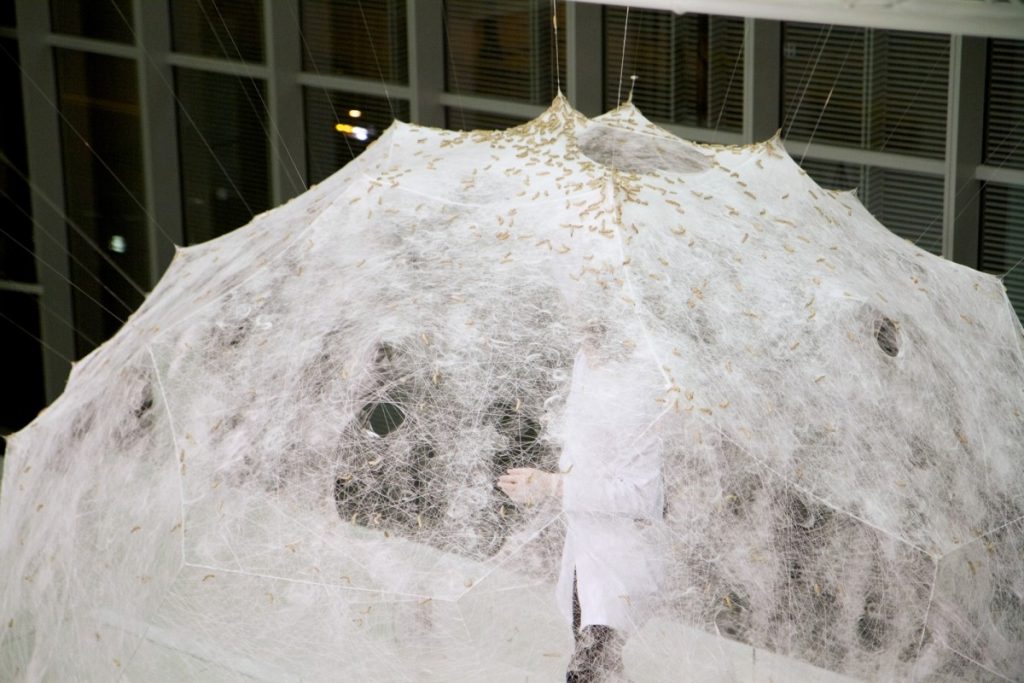
(silkworms weaving the pavilion)
![[OLD – FALL 2016] 15-104 • COMPUTING for CREATIVE PRACTICE](../../../../wp-content/uploads/2020/08/stop-banner.png)
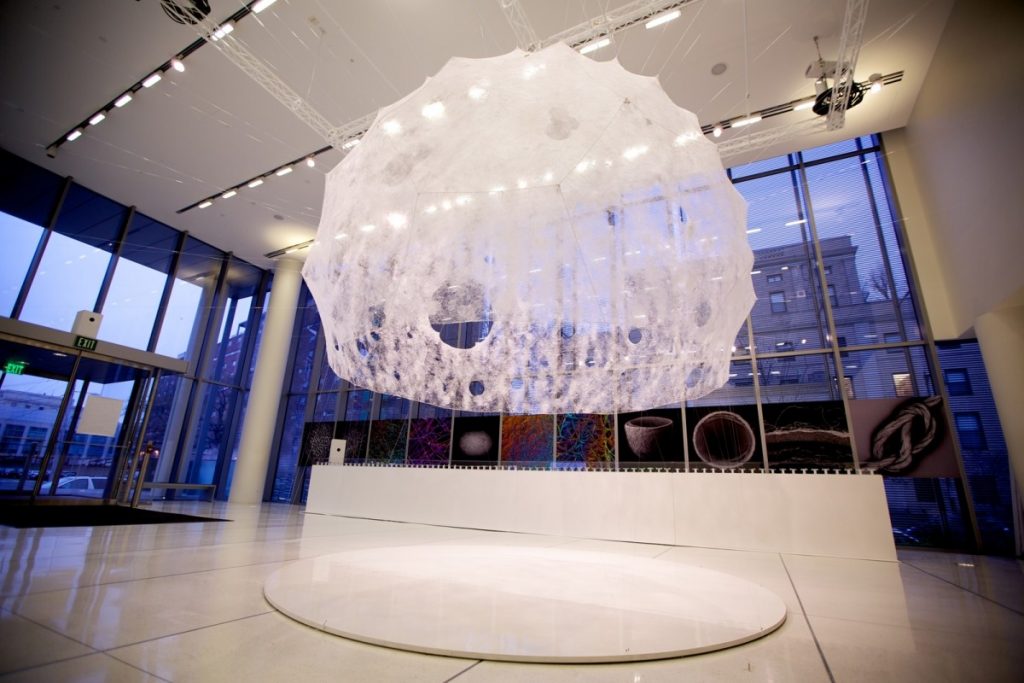
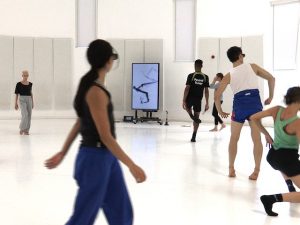

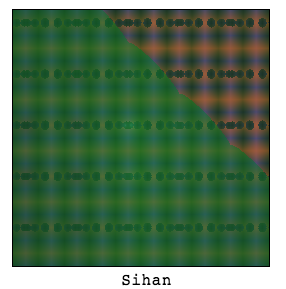 The picture above was made by a computer program developed by the Slovenian computational artist, Andrej Bauer. The program accepts the name of a picture, which in this case is my name, and generates a random picture using the name as a “seed”. The same “seed” consistently yields the same painting.
The picture above was made by a computer program developed by the Slovenian computational artist, Andrej Bauer. The program accepts the name of a picture, which in this case is my name, and generates a random picture using the name as a “seed”. The same “seed” consistently yields the same painting.